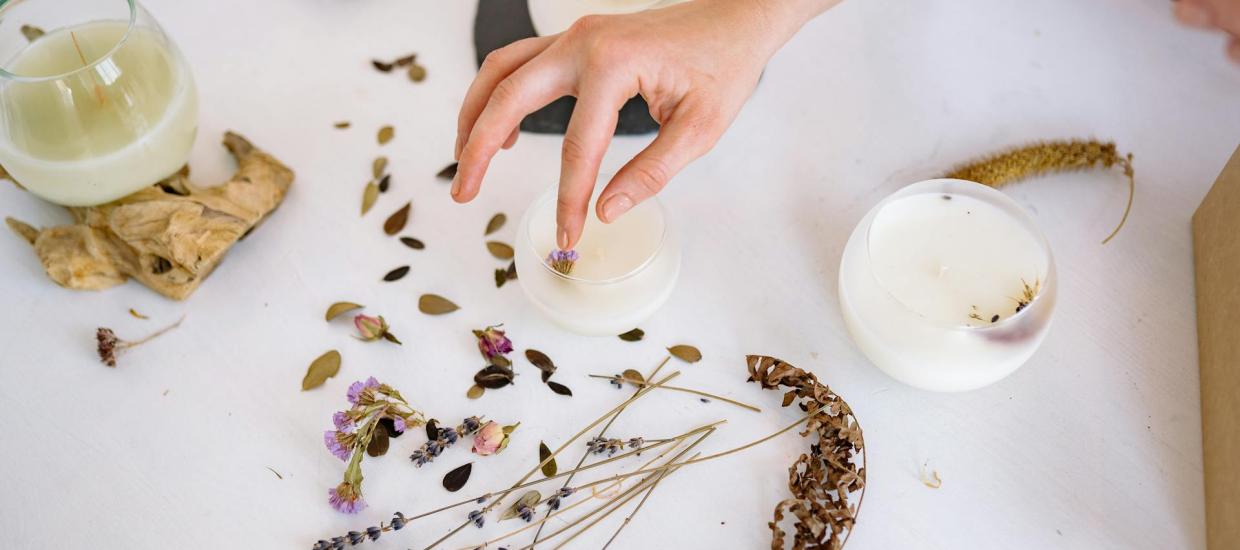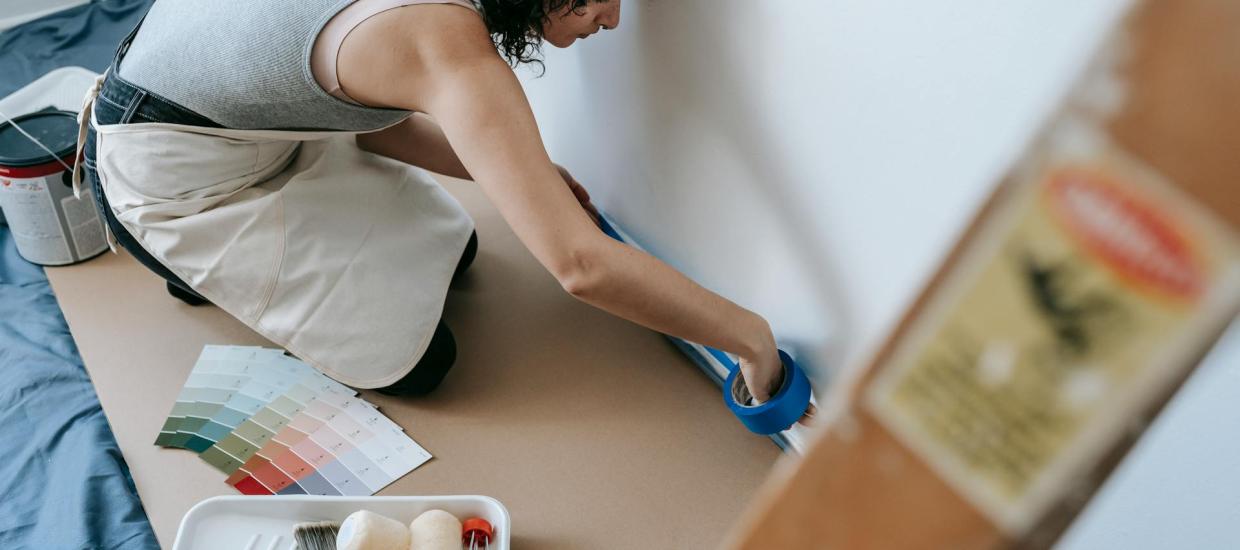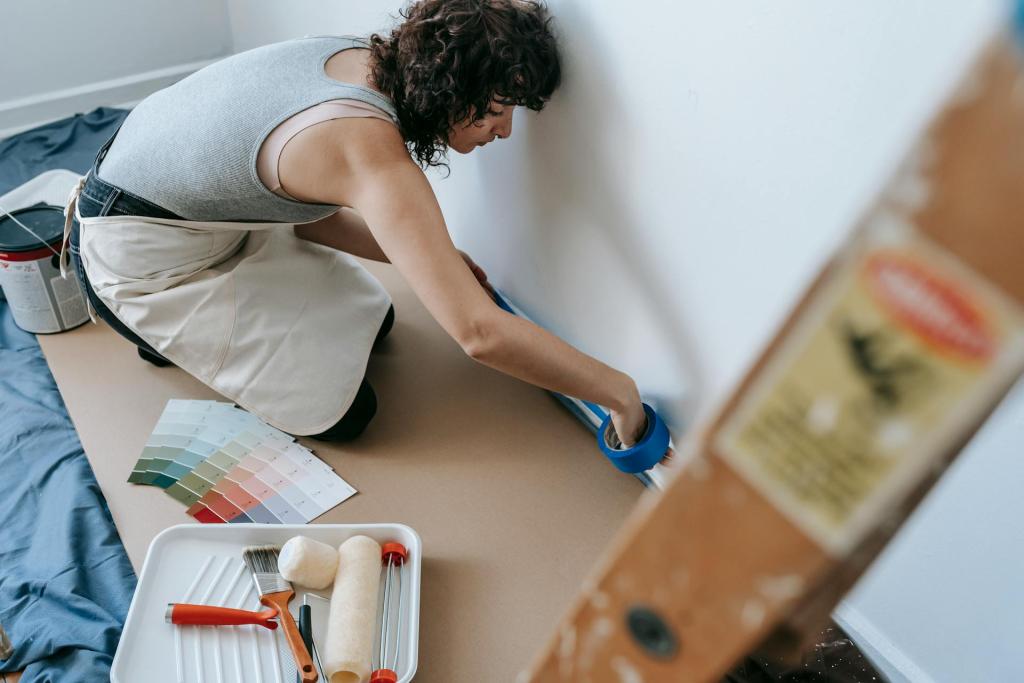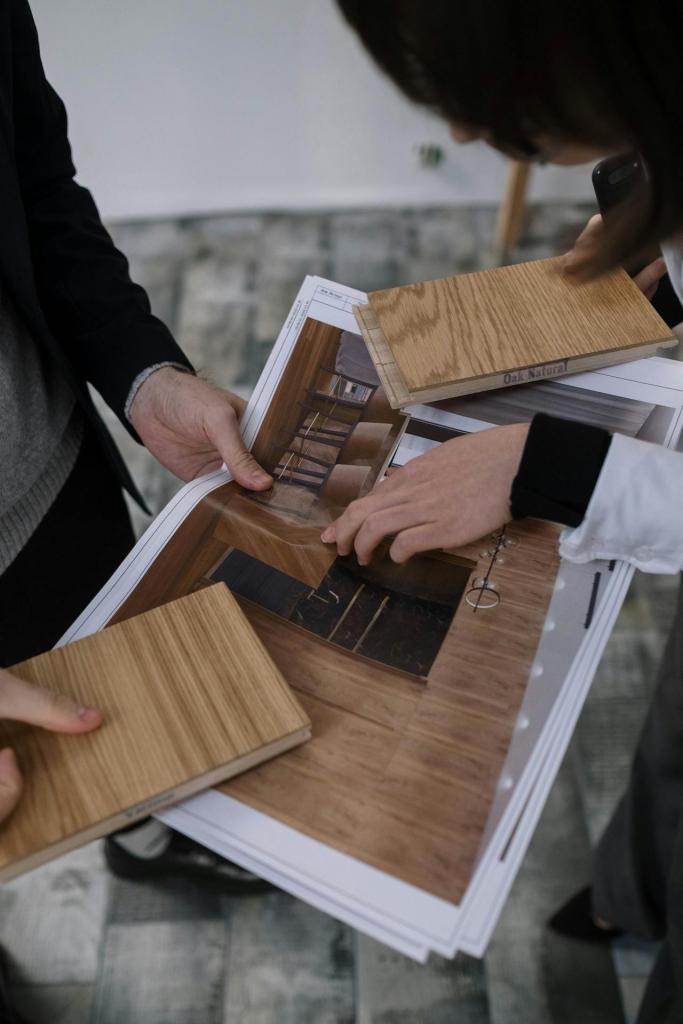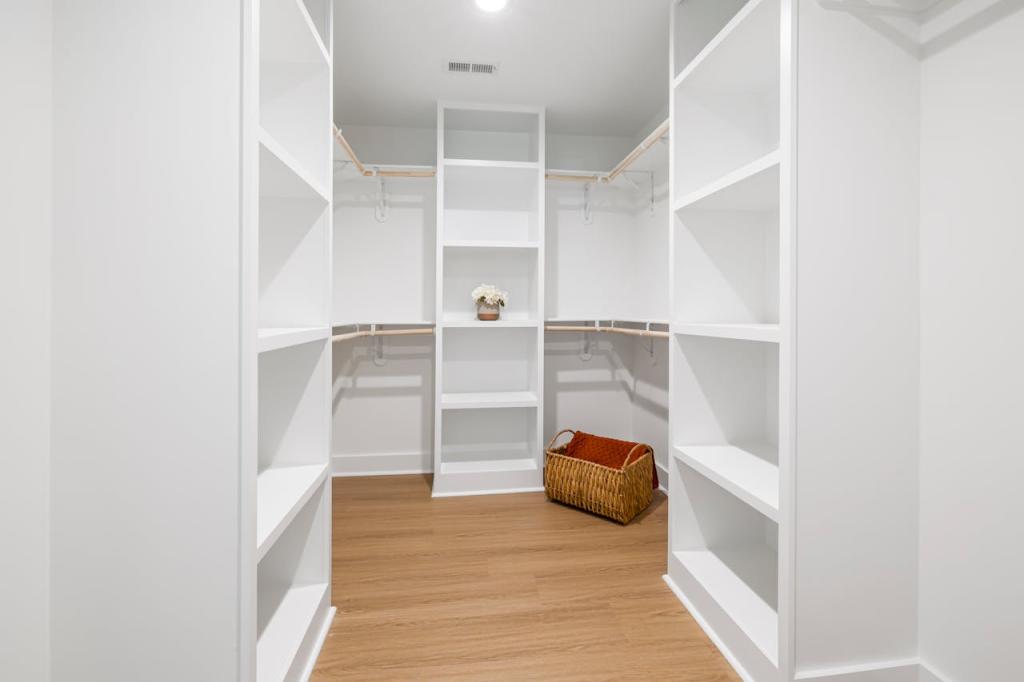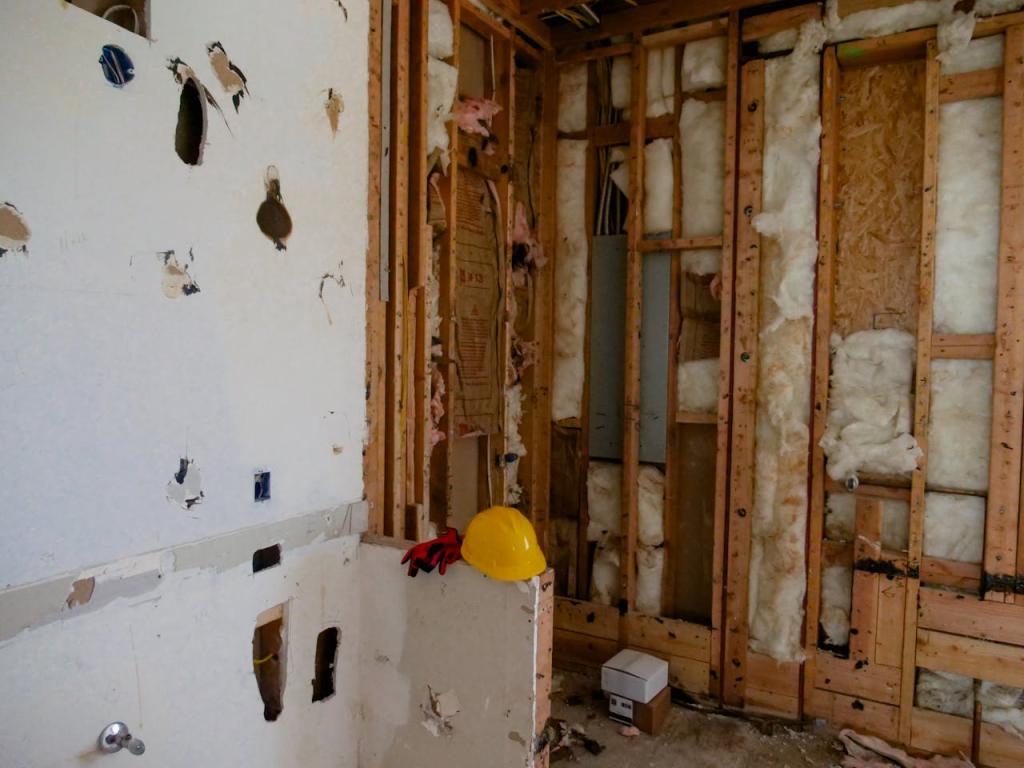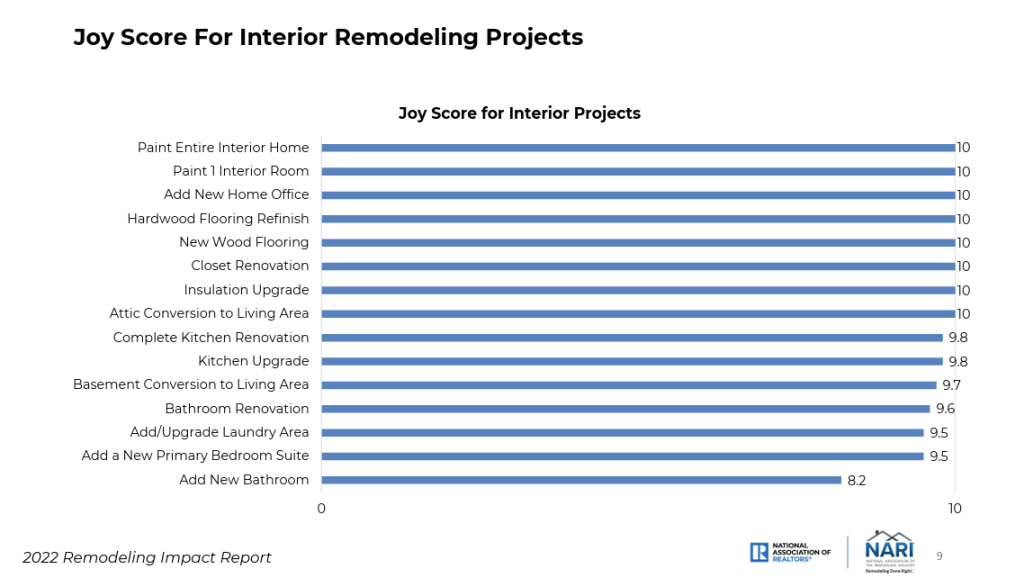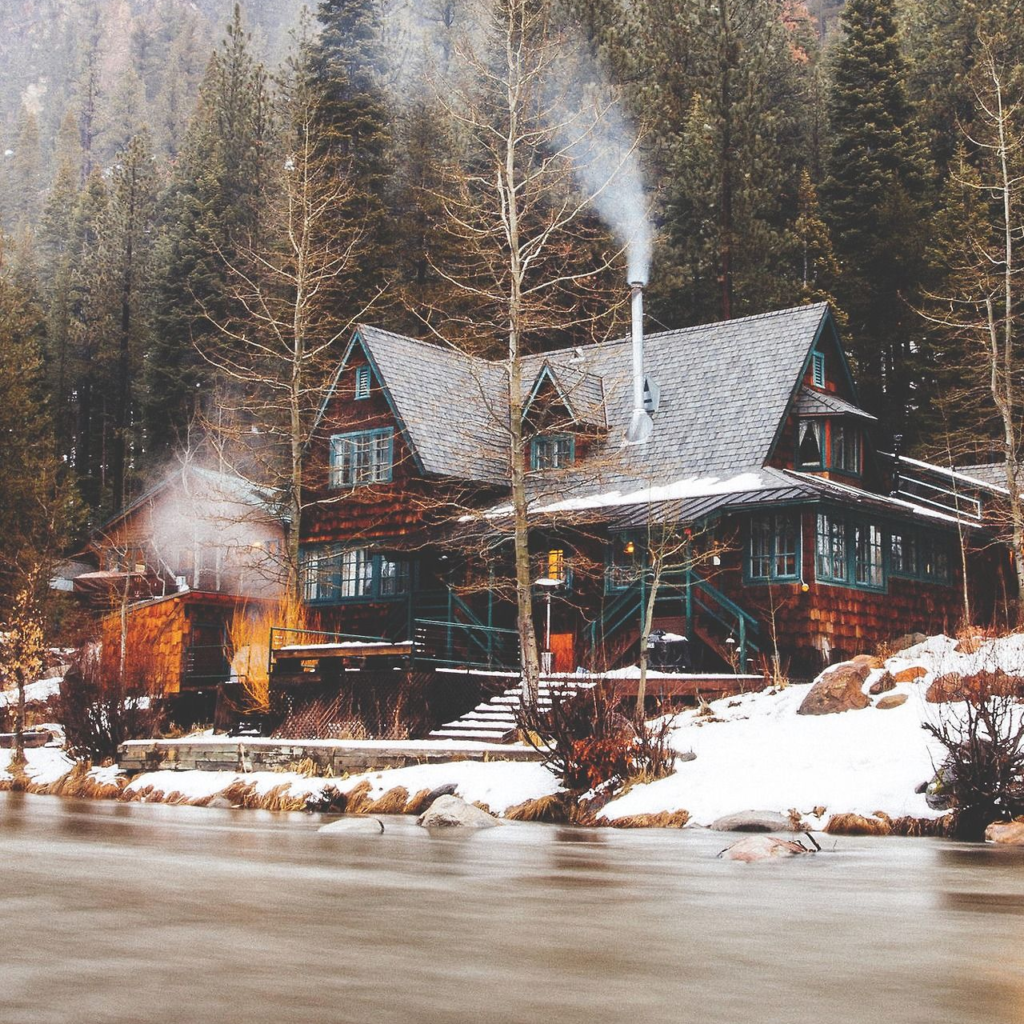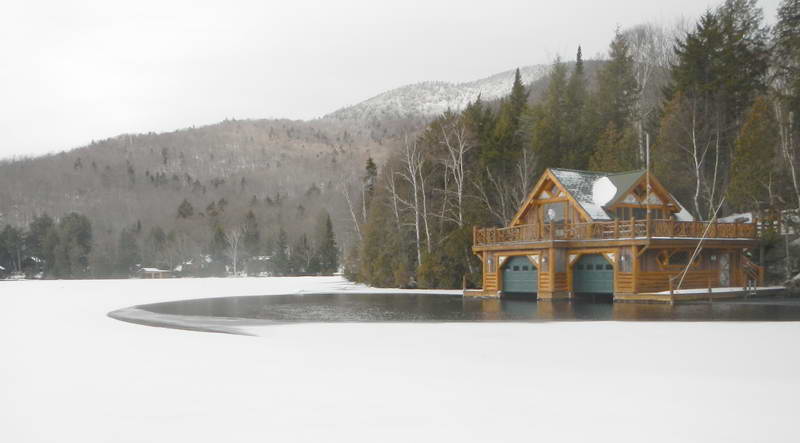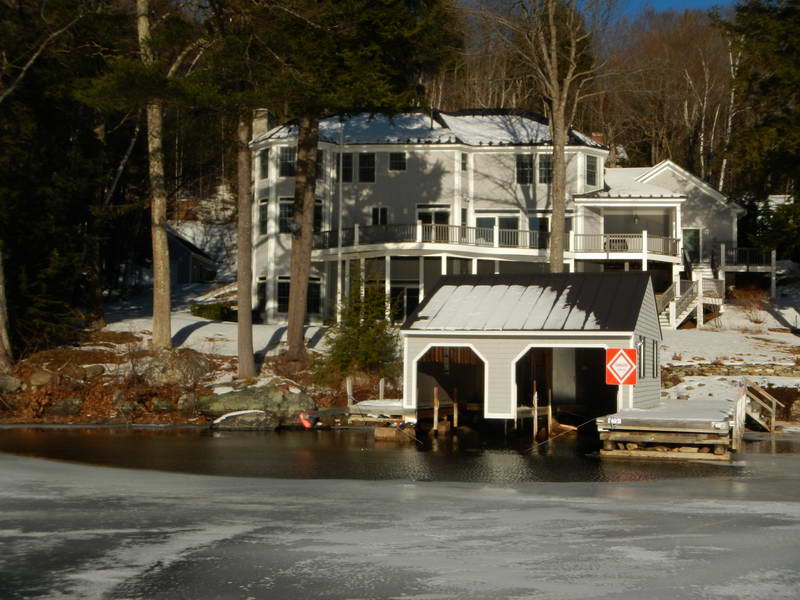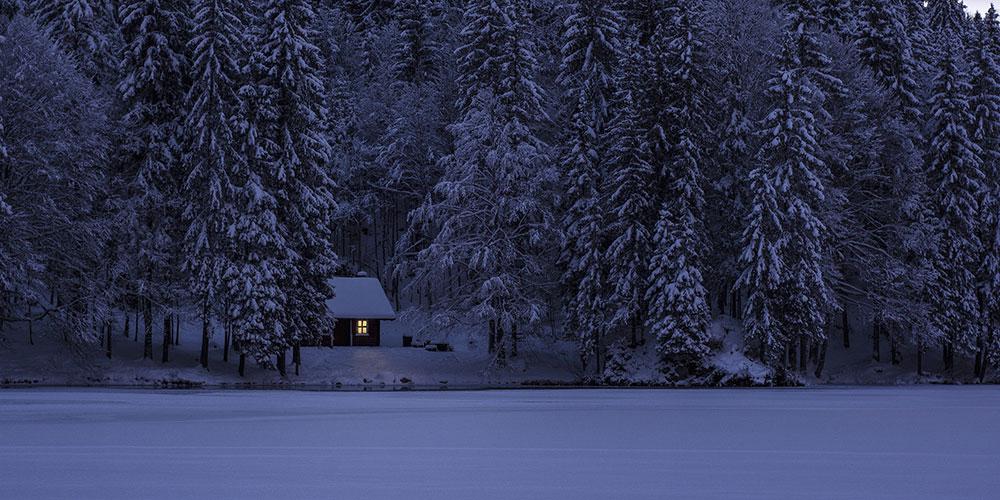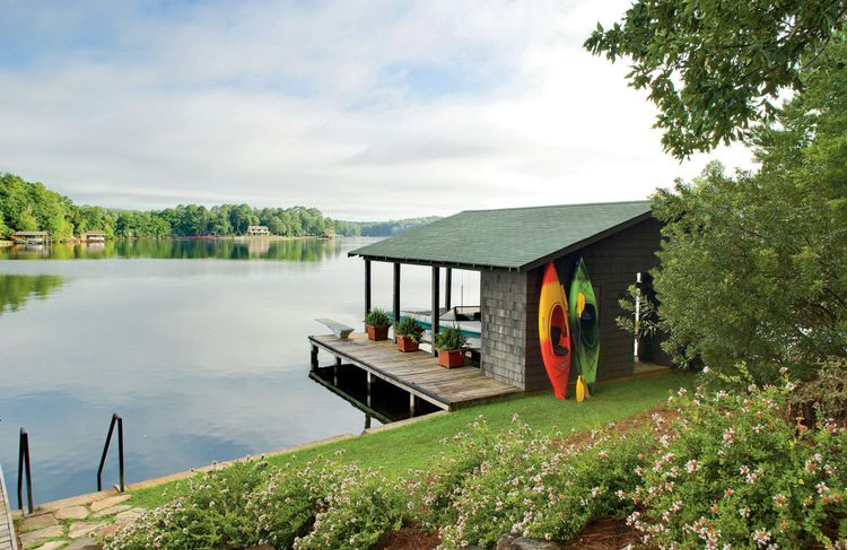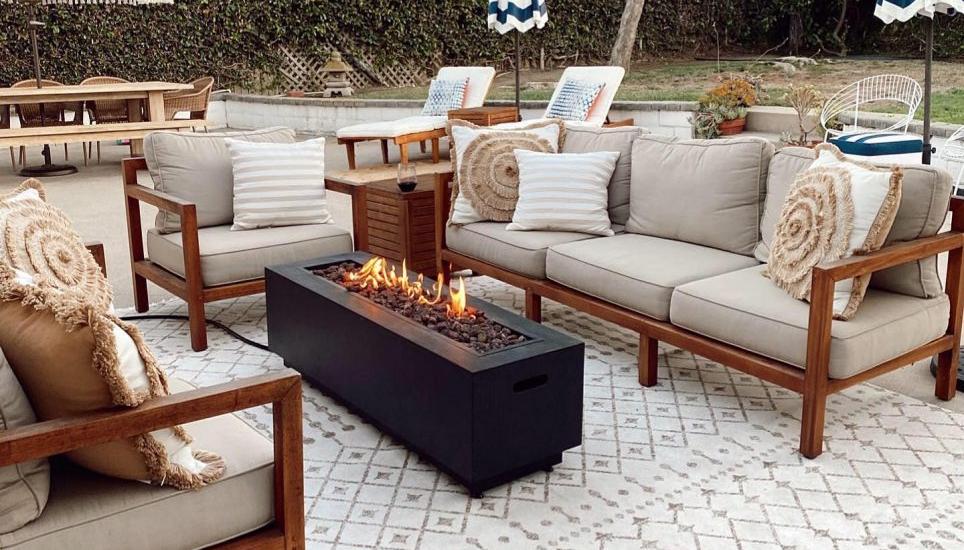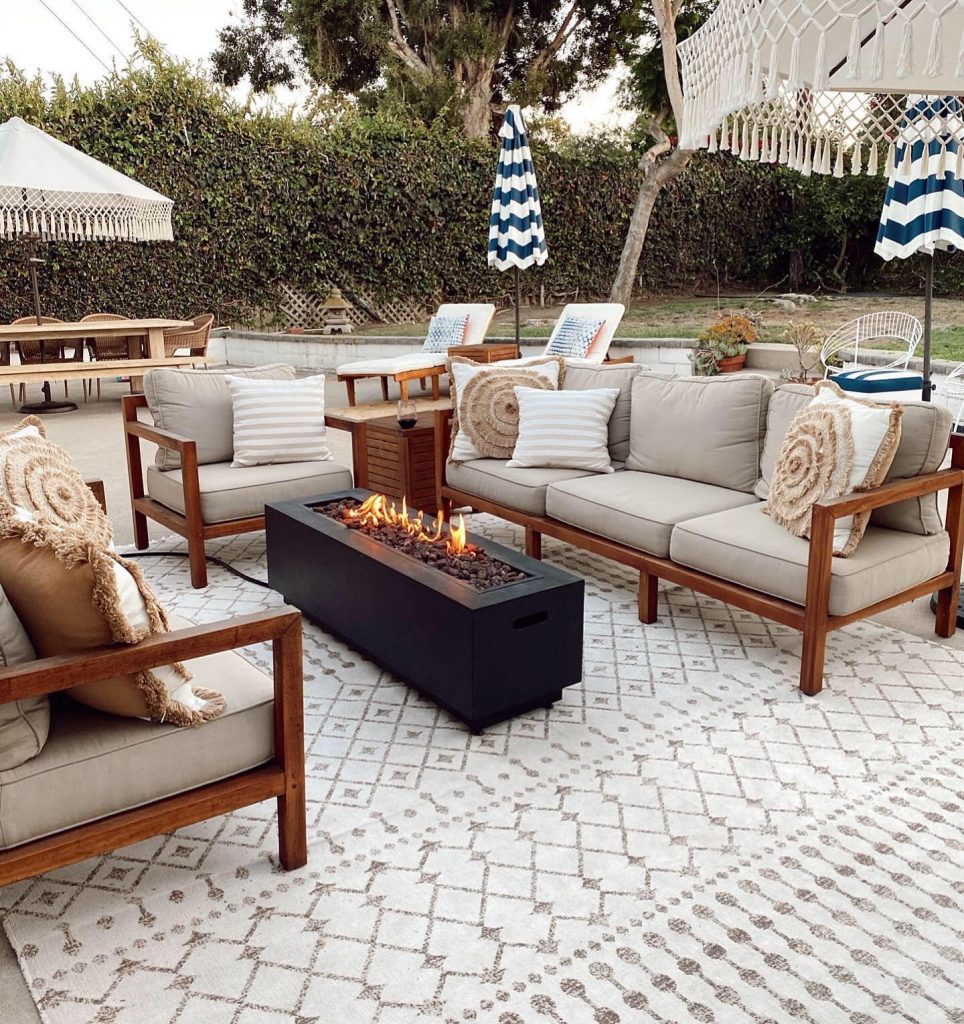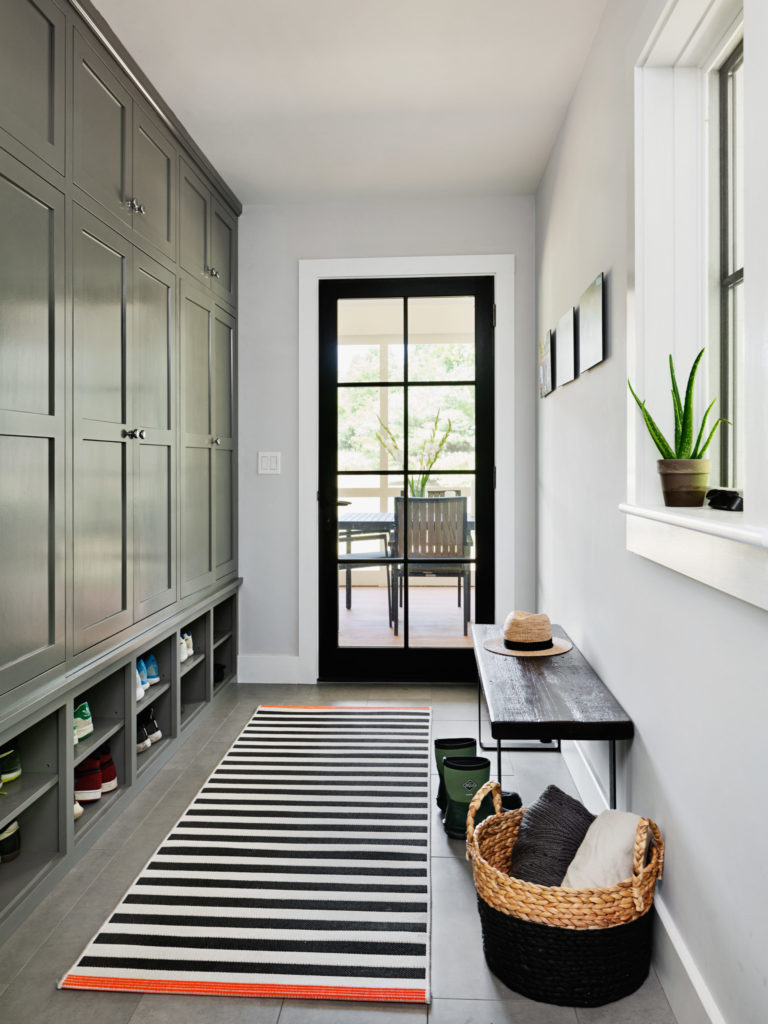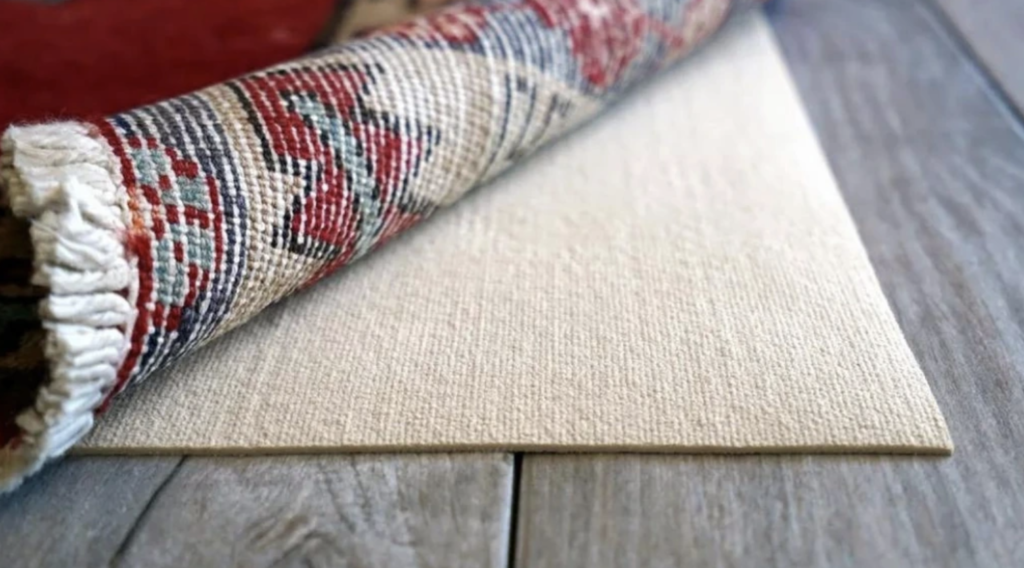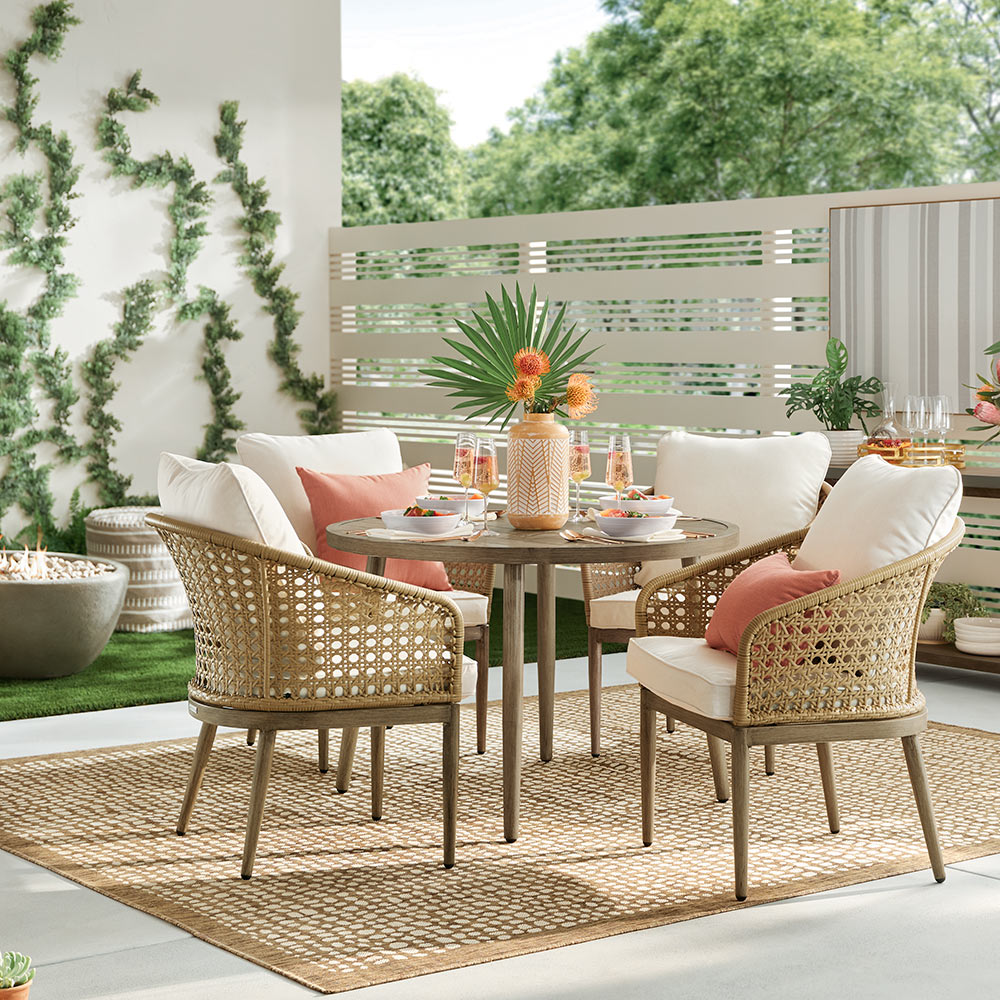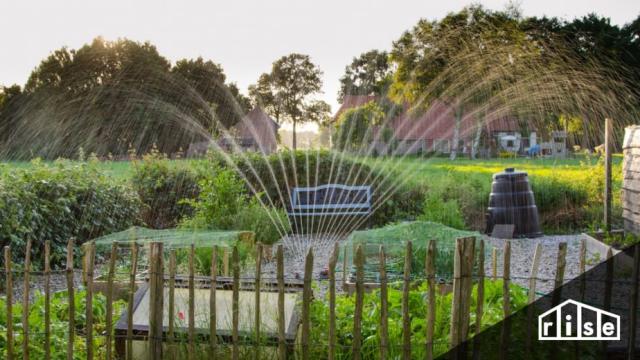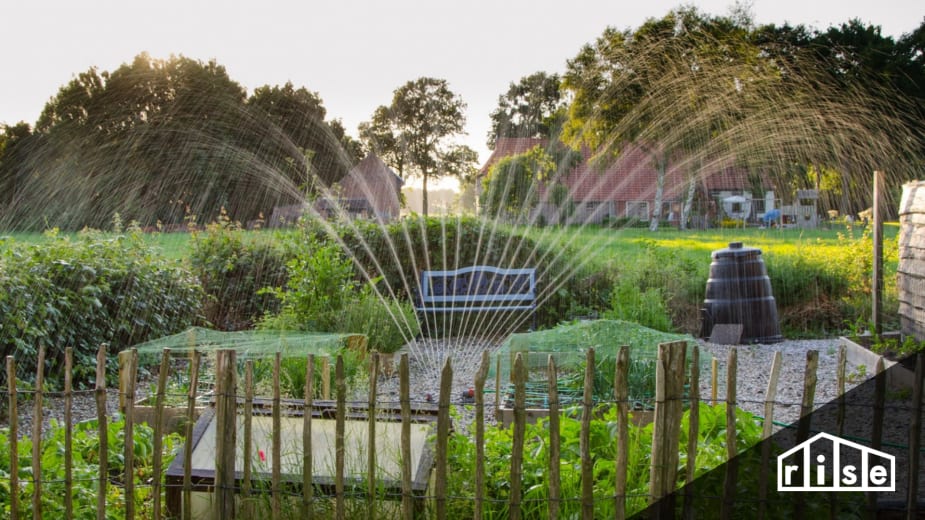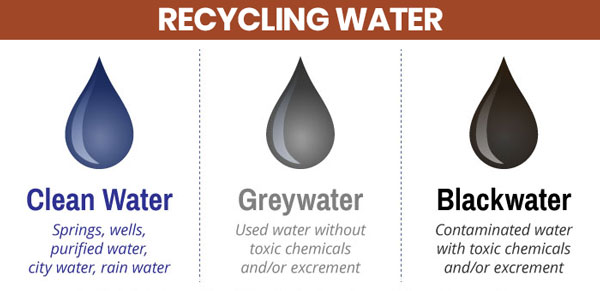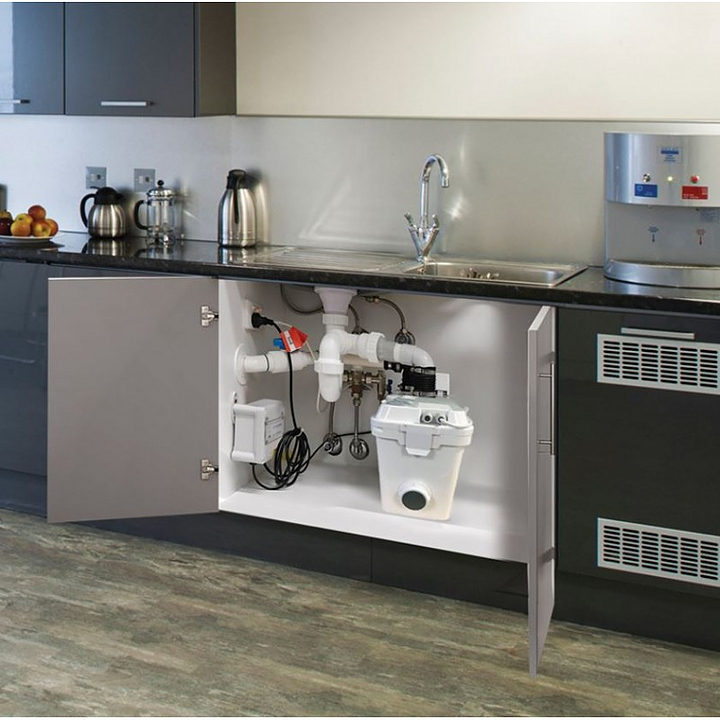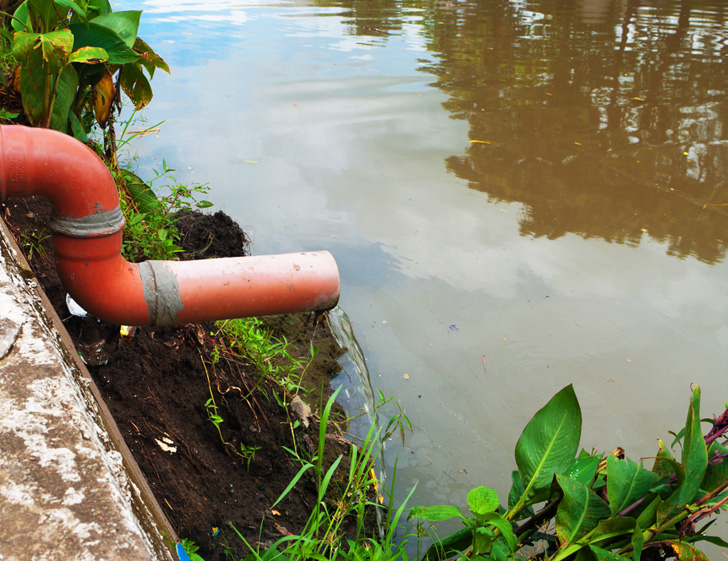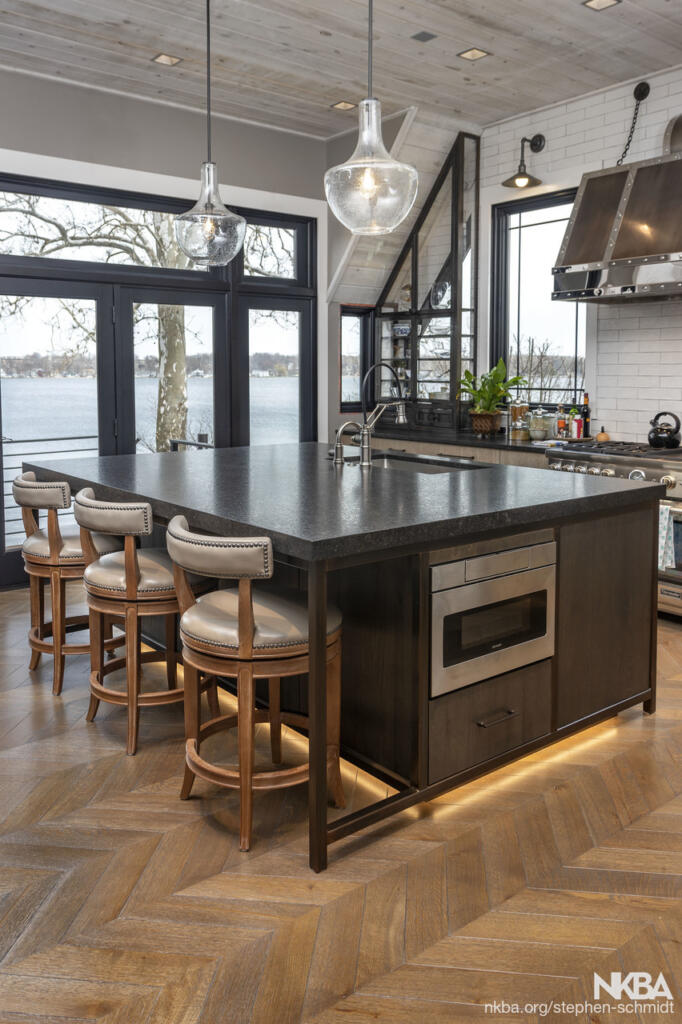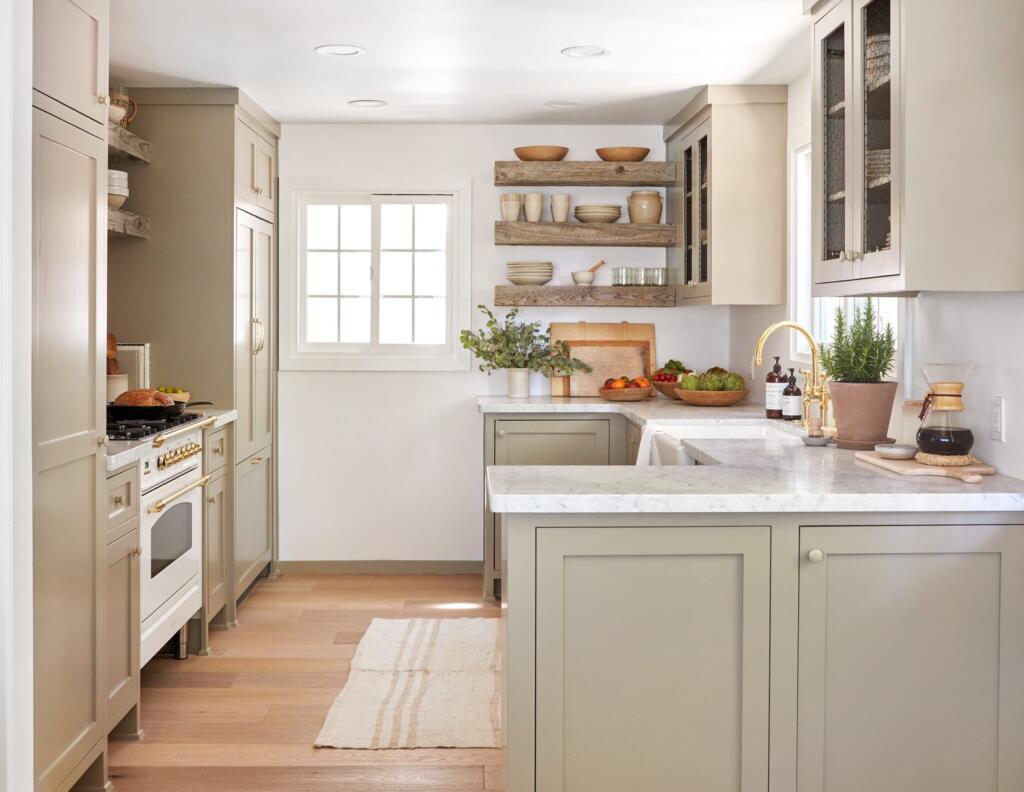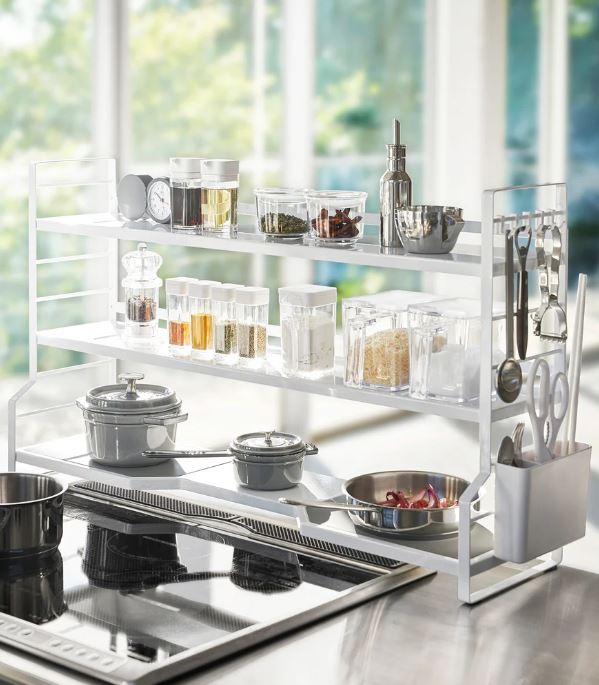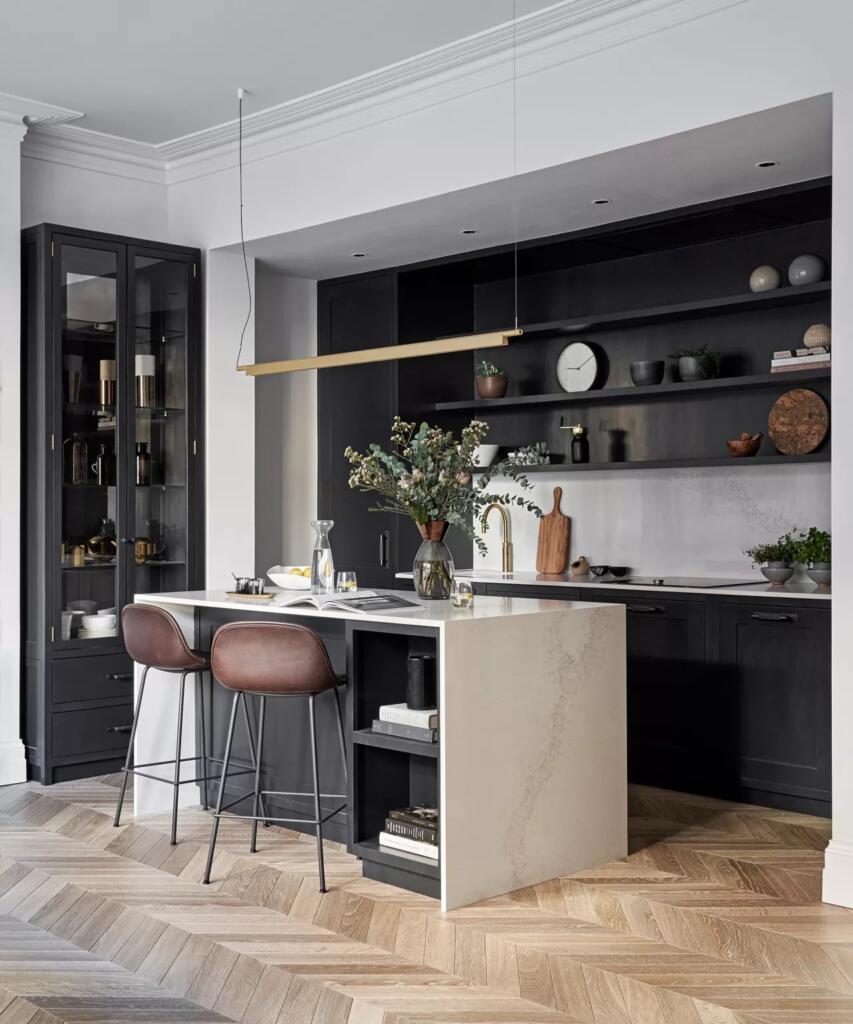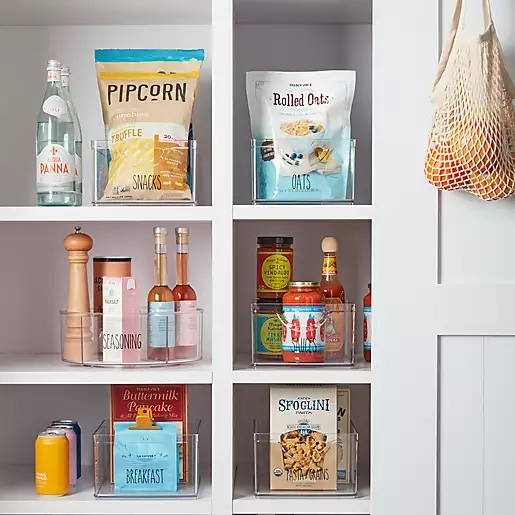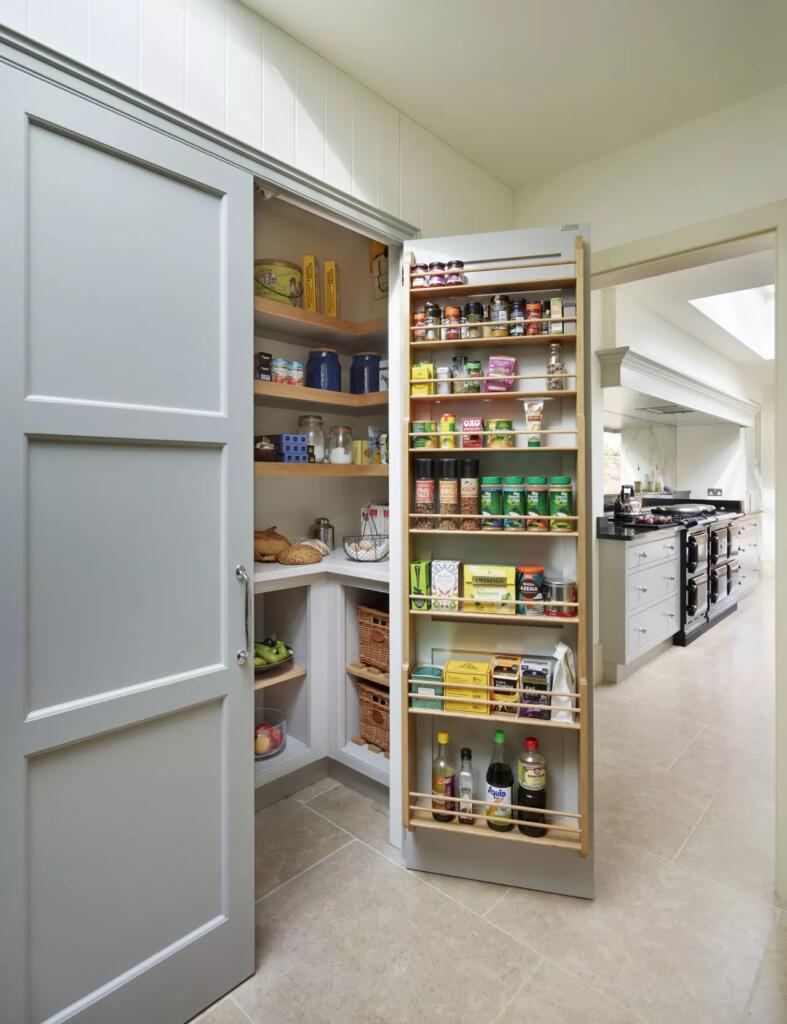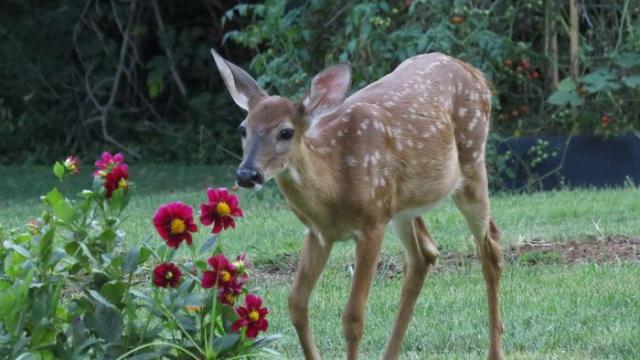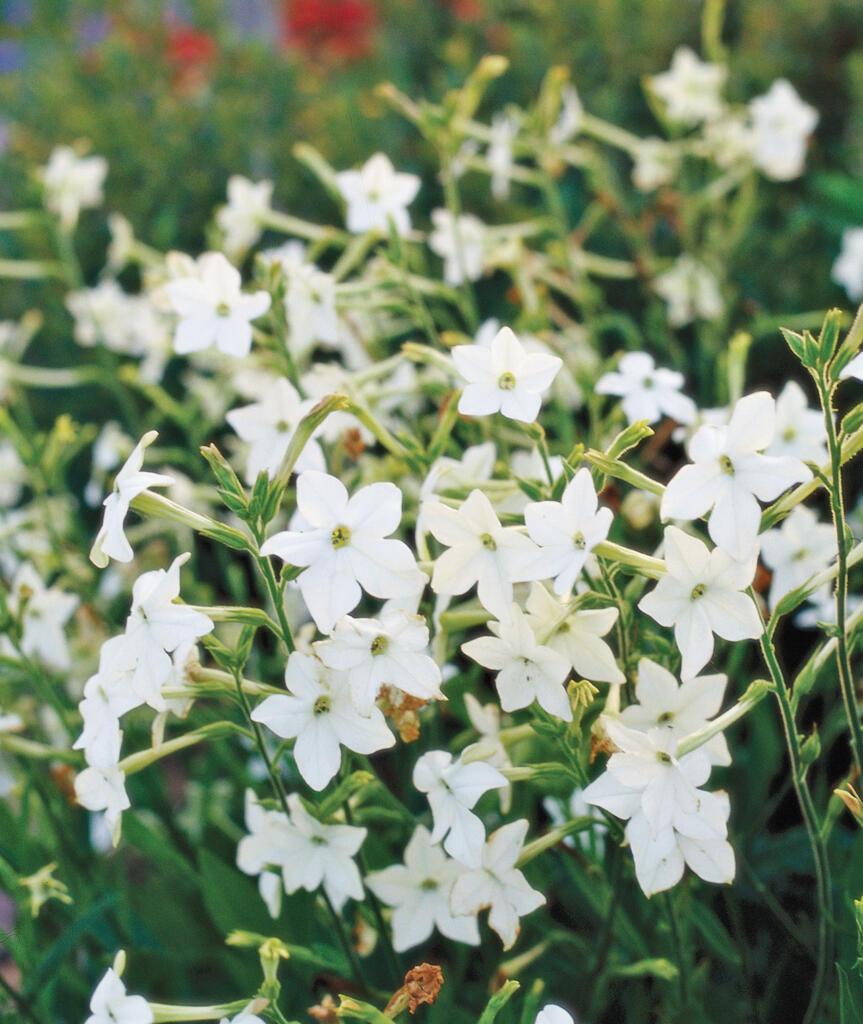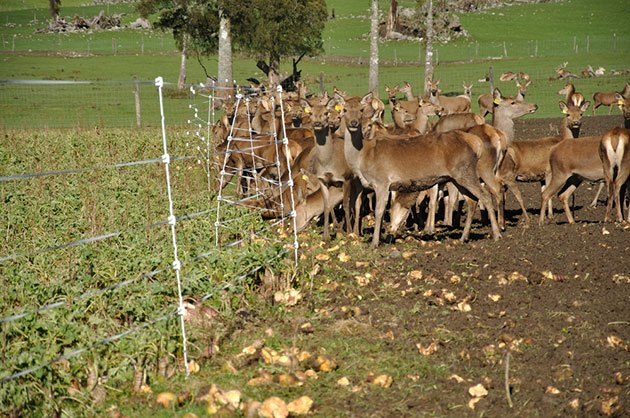
Throughout the past several years, one of the biggest trends in interior design has been bringing the outdoors in. Oftentimes, this takes shape through incorporating nature-inspired furniture such as driftwood, adding biophilic elements to your living room, and using wallpaper tones that resemble the outdoors. However, visuals are not the only way to create a natural feel in your home. One often-overlooked way to “bring the outdoors in” is through scent. Besides the pleasant ambiance, lighting candles has other health benefits such as stress relief, memory stimulation, and mood improvement. But before you rush to your local Bath and Body Works, consider creating a DIY candle for a craft project and an amazing scent, rolled into one. Check out these lake-inspired DIY candles for recipe recommendations!
Fresh Pine Candle
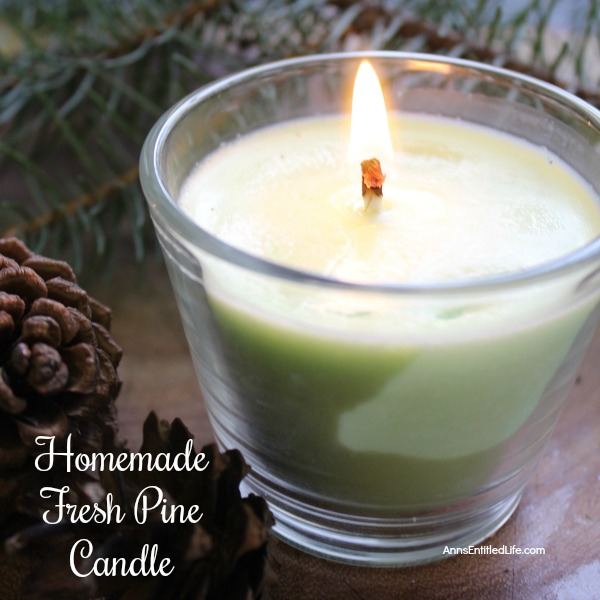
This candle recipe comes from Ann’s Entitled Life, a blog full of crafts, cocktails, gardening, and travel tips. Just in time for the holidays, a DIY fresh pine candle is the perfect project. Whether you wrap it up as a gift to yourself or another person, you’ll enjoy creating a smell reminiscent of a beloved evergreen.
Materials:
- 2 cups of soy wax
- 1 candlestick
- 1 large nonstick pot
- Wooden spoon
- Chopstick, woodstock, pencil
- 1 crayon (any color) or candle dye
- 10 drops of pine essential oil or wintergreen essential oil
- 1 mason jar
For complete instructions, visit Ann’s Entitled Life.
DIY Gel Candles (Pine)
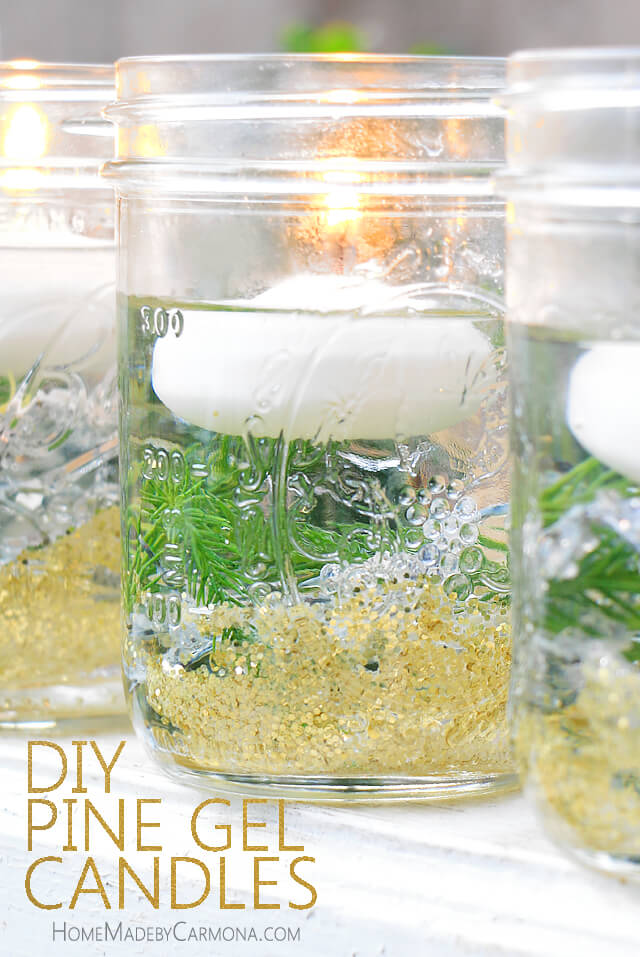
Another take on the traditional floating candle, this DIY Pine Gel Candle recipe by Home Made by Carmona perfectly captures the lake vibe with sprigs of pine and festive pieces of garland. You can further enhance the outdoor feel in your lake home by opting for pine-scented floating candles. Using gel instead of water allows for longer burn time and makes it easy to transport or ship— perfect for gifts! Have other lake ideas for your gel candles? No problem! You can easily customize this with items found around your lake, such as acorns, pine cones, pebbles, etc.
Materials:
- Ball Jar
- Floating Candles
- Gel Wax
- Mod Podge
- Brushes
- Beaded Garland
- Gold Glitter
For instructions, visit Home Made by Carmona.
DIY Oil Candles
Possibly the easiest candlemaking method out there, this recipe by Sugar & Charm requires only oil, a cotton wick, and a bottle. Everything else is customizable based on your personal preference. Even though the recipe doesn’t call for it, you can add your choice of essential oils to infuse the air with lake scents.
If you’re into modern aesthetics, you can use a simple jar, add your “lake” ingredients to your oil and wick setup, and you’re good to go. If vintage is more your style, take out Grandma’s old perfume bottle or one you found while thrifting, load it with your favorite ingredients, then top it off with oil before adding the wick.
Materials:
- Small glass jars
- A light oil such as olive or sunflower oil
- Cotton wicks with fasteners (or floating wicks)
- Decorative touches (think cinnamon sticks, dried oranges, cranberries, and rosemary)
Bonus: DIY Floating Lake Candle
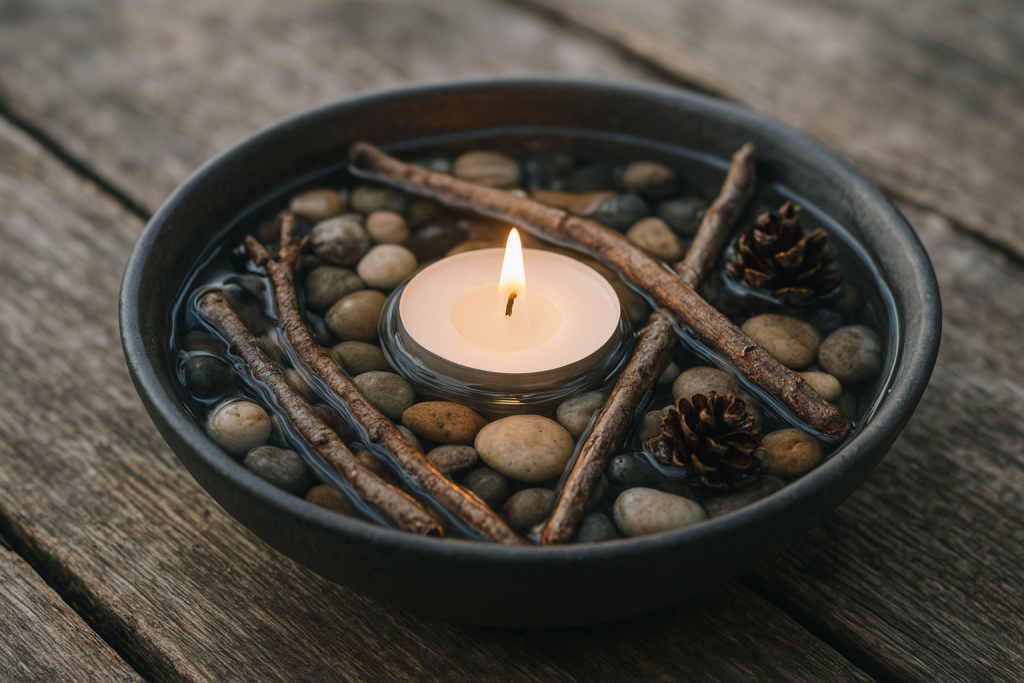
Okay, for those of you who prefer the route that requires the least amount of effort (not judging), this one’s for you. Have tea lights or floating candles lying around? Great! Now, grab a bowl and add your foraged items from the lakeside (i.e., pebbles, moss, twigs, etc.), then fill it up with water. If you’re going for the biophilic look, using a stone bowl is ideal. However, if you’re looking to maximize the glow of the candles, go with a glass bowl. It’ll also put your lake items on full display. There you have it. Your very own indoor lake display with glowing candles!
Materials:
- A large bowl
- Scented tea lights or floating candles
- Lake-inspired decorative items
- Water
Directions: Arrange your decorative items in the bowl. Add water to the bowl. Now, place your candles in the bowl.
We hope these lake-inspired DIY candles motivate you to create your own!
This article was originally published on November 13, 2021.

